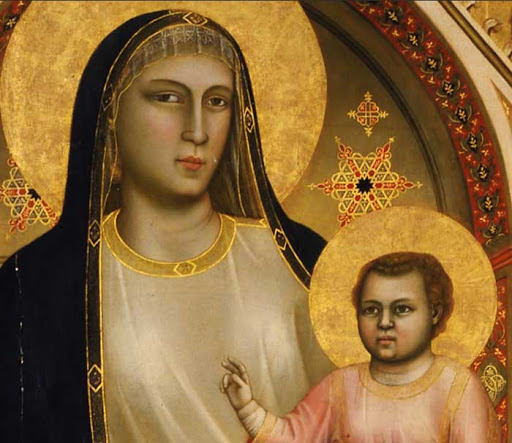The Enthroned Madonna and The Birth of John the Baptist
Artworks symbolize or communicate a distinct message(s) to the public. Enthroned Madonna by Giorgione and the Birth of John the Baptist by Tintoretto are religious artistic works signifying unique occasions of the past. Both pieces are painted as situated within a room with a person holding a baby. Both pieces were created at different times and symbolized different things yet have several similarities and differences.
Different Artistic Skills
The first difference between Giorgione’s Enthroned Madonna with Saint Liberalis and Francis of Assisi and Tintoretto’s the Birth of John the Baptist is the use of different artistic skills and experience. Giorgione was an Italian painter and belonged to the Venetian school whereas Jacopo Tintoretto was a distinguished supporter of the same school. Most of his art has been placed in Scuolas – a building that belongs to the religious brotherhoods.
Different Time of Creation and Purpose
The second difference is the time of creation as well as the purpose behind these notable artworks. Enthroned Madonna was created in circa 1503 commissioned by Tuzio Constanzo – a condottiere, Italian city-states warlord throughout the late Middle Age. It was actually created in memory of his son, Matteo, who was killed in Serenissima while serving him for the Venice Republic in the early 1500s (Adams). On the other hand, the Birth of St. John the Baptist was painted during 1550s in honor and memory of John the Baptist (Keohane-Burbridge, 262-265).
Different Location and Size
The third difference is location and size. Tintoretto’s The Birth of John the Baptist is 181 cm high and 266 cm long; located in the State Hermitage, St. Petersburg, Russia. In contrast, Giorgione’s Enthroned Madonna with Saints Liberalis and Francis of Assisi has a height of 200 cm and length of 152 cm; currently located at Castelfranco, Veneto in Italy (Adams).
Different Number of Individuals Captured
The fourth difference is the number of individuals captured in the drawing and the general stage setting. In the Birth of St. John the Baptist, more people can be seen as compared to just four people in Enthroned Madonna. Jacopo Tintoretto also painted a cat and chicken in his painting. Another thing that is apparent is that baby John is held at a distance from his mother. The way Elizabeth lays on the bed signifies her physical weakness and old age (Echols). In Jacopo’s painting, on the other hand, Matteo is firmly and warmly held by his mother.
Similarities
Despite the above-mentioned differences, there are a few similarities in the two paintings. The first similarity is the background whereby the painters have been successful inprotraying a reflection of Italian Renaissance (Keohane-Burbridge 262-265). The second similarity is the utilization of the same traditional techniques whereby the painters have used oil paint as the medium to paint subject figures. The third similarity is that both paintings show infants along with their mothers. Also, both works were created in memory and honor of a loved one; Enthroned Madonna was in memory and honor of Matteo (Adams) while the Birth of John the Baptist was painted to remember the birth of John the Baptist – the greatest prophet in New Testament Bible who prophesied the coming of Jesus Christ and called people to repent their sins.
Conclusion
To conclude, the Enthroned Madonna by Giorgione and the Birth of John the Baptist by Tintoretto were both exceptional artworks of the Italian Renaissance and were painted in memory of significant people.
References
Adams, Laurie Schneider. Italian Renaissance Art. Routledge, 2018, https://doi.org/10.4324/9780429495113
Echols, Robert, and Frederick Ilchman. Tintoretto: Artist of Renaissance Venice. Yale University Press, 2018.
Keohane-Burbridge, Elizabeth. “Medieval and Renaissance Lactations: Images, Rhetorics, Practices ed. by Jutta Gisela Sperling.” Comitatus: A Journal of Medieval and Renaissance Studies 46.1 (2015): 262-265, muse.jhu.edu/article/588960/summary

